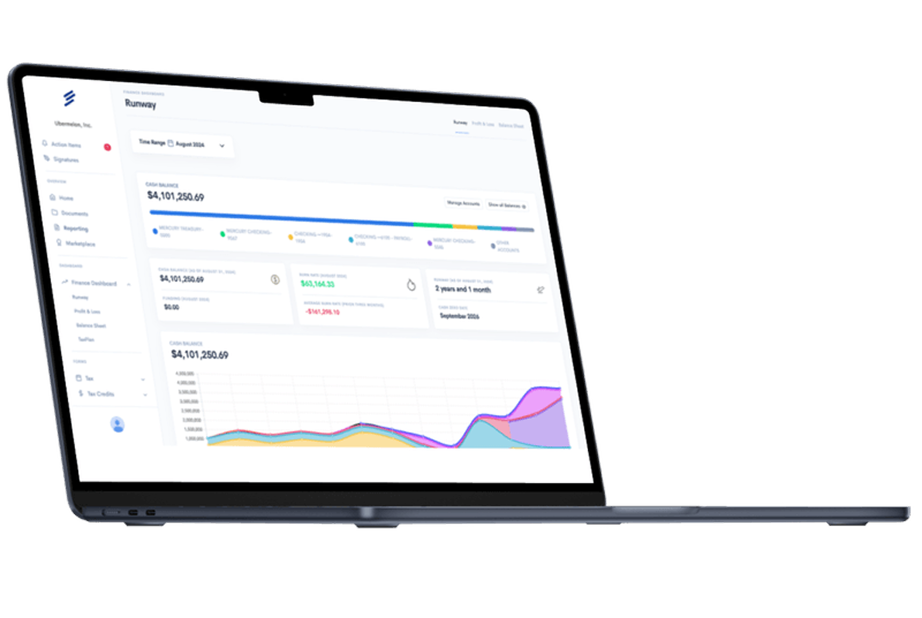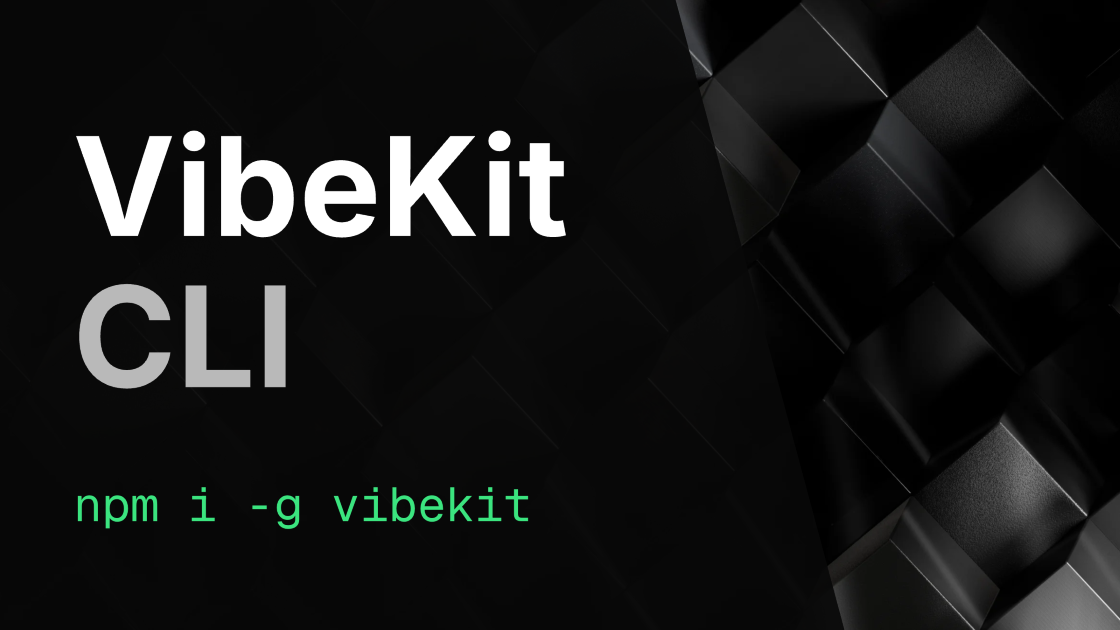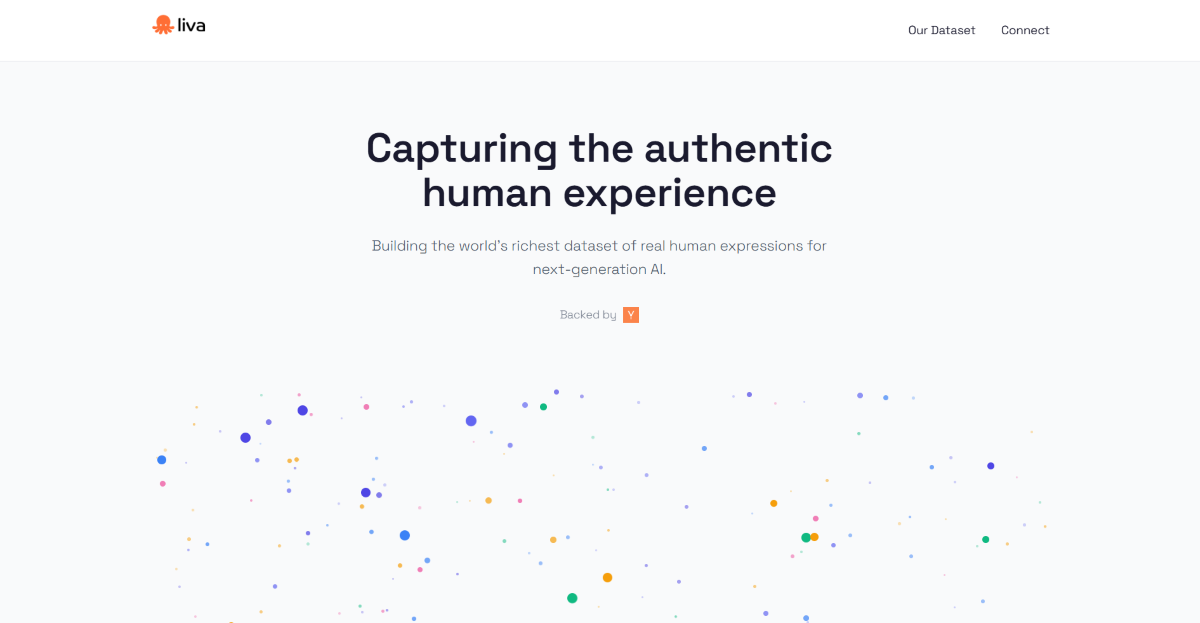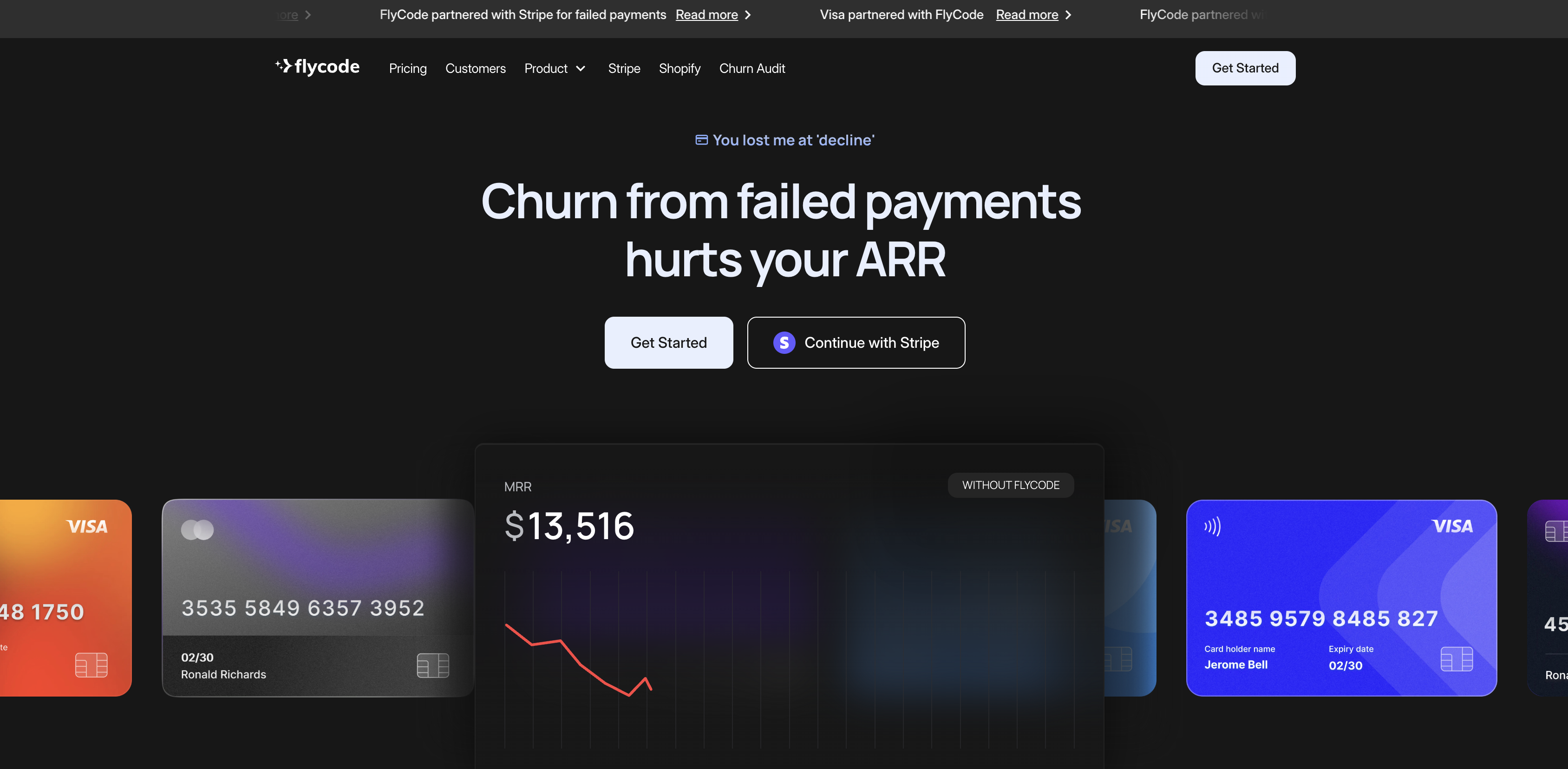Providing top-notch health insurance benefits is a top priority for startups seeking to attract and retain the best talent, yet traditional group health plans often burden startups with high costs and administrative overhead.
Providing top-notch health insurance benefits is a top priority for startups seeking to attract and retain the best talent, yet traditional group health plans often burden startups with high costs and administrative overhead. When faced with escalating medical expenses, high monthly premiums, and rigid plan options inherent in traditional group health insurance, startups find themselves searching for a flexible, cost-effective solution. Health Reimbursement Arrangements (HRAs) offer a modern alternative by giving employers complete control over costs, streamlining benefits administration, and providing employees with the freedom to choose individual health insurance coverage that meets their needs.
Understanding Health Reimbursement Arrangements
Health Reimbursement Arrangements are employer-funded accounts that reimburse eligible employees for qualified healthcare expenses. Unlike traditional group health insurance where the insurance company assumes the risk, HRAs give startups a flexible way to allocate funds as an employee benefit while allowing for complete control over costs. With HRAs, employers set aside pre-tax dollars to cover a wide range of healthcare expenses, from routine medical services to vision care and even individual health insurance coverage purchased through the health insurance marketplace.
HRAs function as a financial safety net for employees while offering significant tax advantages for employers. These arrangements create a win-win situation where businesses can predict their healthcare spending while employees enjoy greater flexibility in their healthcare choices. The beauty of HRAs lies in their adaptability to various business sizes and employee needs.
The fundamental principle behind HRAs is simple yet powerful: employers reimburse employees for qualifying expenses rather than paying high premiums for coverage they might not need. This approach eliminates wasteful spending and ensures that healthcare dollars are used efficiently. Employees appreciate having options tailored to their specific health situations rather than being forced into a one-size-fits-all solution.
Key Features of HRAs
HRAs offer several distinctive characteristics that make them attractive for startups looking to provide competitive benefits:
Employer-Funded Accounts: HRAs are exclusively funded by employer contributions, ensuring that employees do not have to make direct employee contributions. This arrangement alleviates the burden of out-of-pocket contributions while offering tax advantages for both the employer and the employees.
Tax Benefits: Employer contributions to HRAs reduce taxable income and offer tax-deductible benefits for the business. Employees, in turn, receive reimbursements on a tax-free basis, making HRAs a valuable tool in controlling taxable income and payroll taxes.
Reimbursement Flexibility: HRAs can cover a vast array of eligible expenses, including medical expenses tax-free, prescription drugs, dental coverage, vision care, mental health benefits, and even individual health insurance premiums.
Fund Management: Depending on the HRA plan, unused funds may roll over from one year to the next, providing additional value and flexibility for employees.
Types of HRAs for Your Startup
Understanding the various types of Health Reimbursement Arrangements (HRAs) available is crucial for selecting the option that best aligns with your startup's needs. Each type offers unique benefits and limitations that cater to different business sizes and employee demographics. Making an informed choice requires careful consideration of your workforce composition, budget constraints, and long-term benefits strategy.
The right HRA can transform your benefits package from a standard offering to a competitive advantage in the talent marketplace. It can also significantly impact your bottom line through tax savings and predictable healthcare spending. Let's explore the main types of HRAs available to startups today.
Qualified Small Employer HRA (QSEHRA)
A QSEHRA is specifically designed for small businesses with fewer than 50 full-time employees. This arrangement allows smaller startups to offer competitive health benefits without the administrative burden of traditional group plans. QSEHRAs have annual contribution limits set by the Internal Revenue Service (IRS), which can vary based on factors like employee age and family size.
The flexibility of QSEHRAs makes them particularly attractive for growing startups. Employers can customize allowances based on family status, offering higher contributions for employees with dependents. This adaptability helps startups create equitable benefits packages that acknowledge different life circumstances among team members.
QSEHRAs also integrate seamlessly with individual health insurance plans, allowing employees to use their funds for premium payments. This feature is especially valuable for startups with team members who already have individual coverage they wish to maintain. The tax advantages of QSEHRAs extend to both employers and employees, creating a financially efficient benefits solution.
The key advantages of QSEHRAs include:
- Customizable contribution structures based on family status
- Ability to reimburse individual health insurance premiums
- Inclusive eligibility that can extend to part-time employees
- Predictable annual costs with IRS-defined contribution limits
Individual Coverage HRA (ICHRA)
The ICHRA represents a newer, more flexible option that's available to businesses of all sizes. Unlike QSEHRAs, ICHRAs don't have fixed contribution limits, giving employers greater freedom in designing their benefits strategy. This arrangement can be particularly advantageous for startups with diverse workforce needs or those experiencing rapid growth.
ICHRAs allow employers to define different employee classes—such as full-time, part-time, or seasonal workers—and establish varying contribution amounts for each class. This granular approach enables startups to tailor their benefits spending according to strategic priorities while maintaining compliance with non-discrimination requirements. The flexibility extends to implementation, as ICHRAs can either complement or replace traditional group health plans.
Another significant advantage of ICHRAs is their potential interaction with premium tax credits. Depending on how the arrangement is structured, employees might remain eligible for these credits when purchasing coverage through the health insurance marketplace. This consideration can be particularly important for startups employing workers across various income levels.
Modern administration platforms have made ICHRAs increasingly accessible to startups of all sizes. These digital solutions streamline the process of submitting claims, verifying eligible expenses, and processing reimbursements. The reduced administrative burden makes ICHRAs an attractive option for lean organizations with limited HR resources.
Other HRA Options
Beyond QSEHRAs and ICHRAs, startups might consider specialized HRA types for specific situations. Excepted Benefit HRAs (EBHRAs) offer a more limited scope but can provide valuable supplementary coverage for certain expenses. These arrangements work alongside traditional group health plans to create a more comprehensive benefits package.
EBHRAs allow reimbursement for expenses like short-term health insurance, dental and vision coverage, and various minor medical costs. For startups that already offer traditional group health insurance but want to enhance their benefits package, EBHRAs provide a flexible solution without the complexity of completely overhauling existing arrangements.
The landscape of HRA options continues to evolve with regulatory changes and marketplace innovations. Working with knowledgeable benefits consultants can help startups navigate these options and select the arrangement that best serves their unique needs. The right HRA strategy can significantly enhance your ability to attract and retain top talent while maintaining financial sustainability.
Advantages of HRAs for Startups
For resource-conscious startups, every financial and administrative decision carries significant weight. HRAs offer several compelling advantages that make them particularly well-suited to the startup environment. These benefits extend beyond simple cost savings to create strategic advantages in talent acquisition and retention.
The flexibility inherent in HRA structures aligns perfectly with the dynamic nature of startup operations. As your business evolves and grows, your HRA can adapt accordingly without requiring complete restructuring. This scalability makes HRAs an ideal solution for businesses in various stages of development, from early-stage startups to rapidly expanding organizations.
Cost Control and Predictability
Budget management represents one of the most significant challenges for startups, especially regarding healthcare benefits. By setting defined contribution limits for each employee, startups can precisely forecast their healthcare spending for the year. This predictability eliminates the surprise increases often associated with traditional group plans, allowing for more accurate financial planning.
Tax advantages further enhance the financial appeal of HRAs for startups. Employer contributions are tax-deductible, reducing overall tax liability while providing valuable benefits to employees. Reimbursements received by employees are generally tax-free, creating a win-win situation that maximizes the value of each dollar spent on healthcare benefits.
The elimination of premium costs represents another substantial advantage for startups. Rather than paying high monthly premiums for coverage that employees may not fully utilize, HRAs allow businesses to reimburse actual expenses as they occur. This approach ensures that healthcare dollars are spent efficiently and only when needed, creating significant cost savings compared to traditional group plans.
For startups with predominantly healthy workforces, pairing an HRA with high-deductible health plans (HDHPs) can further optimize healthcare spending. This combination provides comprehensive catastrophic coverage while minimizing monthly premium costs. Employees gain protection against major medical expenses while maintaining the flexibility to choose coverage that suits their individual needs.
Flexibility and Employee Choice
The modern workforce increasingly values personalization in benefits packages. HRAs empower employees to select individual health insurance plans that align with their specific healthcare needs, preferred providers, and budget constraints. This freedom of choice represents a significant advantage over traditional group plans, which often force employees into one-size-fits-all coverage options.
Consider these personalization benefits of HRAs:
- Access to a wider range of insurance carriers and plan designs
- Ability to maintain existing doctor relationships across insurance changes
- Option to select coverage levels appropriate for individual health situations
- Flexibility to adjust coverage during life changes without employer involvement
HRAs also offer customizable reimbursement options that can cover various healthcare expenses. Employers can determine which expenses qualify for reimbursement, potentially including medical services, dental and vision care, prescription medications, and even certain wellness programs. This flexibility allows startups to create benefits packages that truly address their employees' most pressing healthcare needs.
Since HRAs are entirely employer-funded, they eliminate the need for employee contributions toward premiums. This arrangement simplifies financial planning for employees and enhances the perceived value of the benefit. Employees can focus on their health without worrying about payroll deductions or unexpected premium increases, creating greater peace of mind and job satisfaction.
Competitive Benefits That Attract Talent
In today's competitive talent market, offering distinctive benefits can significantly impact recruitment and retention efforts. HRAs provide startups with a modern, flexible approach to health benefits that appeals to discerning job candidates. This advantage becomes particularly important when competing against larger organizations with established benefits packages.
HRAs demonstrate a startup's commitment to employee wellbeing while acknowledging individual preferences. This employee-centered approach resonates strongly with today's workforce, which increasingly values autonomy and personalization. By offering HRAs, startups signal their progressive approach to benefits and their respect for employee choice.
The inclusivity of HRAs across various employee classifications represents another significant advantage. Whether you employ full-time staff, part-time workers, or contractors, HRAs can be designed to include diverse workforce segments. This flexibility ensures that all team members receive valuable benefits, fostering a culture of equity and inclusion within your organization.
Many startups also incorporate wellness initiatives into their benefits strategy. HRAs can seamlessly integrate with these programs by reimbursing costs associated with preventive care, fitness activities, and mental health services. This holistic approach to employee wellbeing contributes to healthier, more productive teams while potentially reducing long-term healthcare costs.
Implementing HRAs for Your Startup
Transitioning to or implementing an HRA requires thoughtful planning and execution. The process involves several key steps, from initial assessment to ongoing management. By following a structured approach, startups can ensure a smooth implementation that maximizes the benefits of their chosen HRA strategy.
The implementation process presents an opportunity to align your benefits strategy with broader organizational goals. Whether you're focusing on cost control, talent attraction, or employee satisfaction, your HRA structure should reflect these priorities. Taking time to clarify these objectives before implementation will guide your decision-making throughout the process.
Assess Your Budget and Employee Needs
Begin your HRA implementation by conducting a thorough assessment of your startup's financial resources and healthcare spending capacity. Review historical healthcare expenses, if available, and project future costs based on your growth plans. This analysis will help establish appropriate contribution limits that balance employee needs with business sustainability.
Understanding your employees' healthcare priorities is equally important. Consider conducting anonymous surveys or focus groups to gather insights about their preferences and concerns. Questions might address current healthcare challenges, preferred providers, and specific coverage needs like dental, vision, or mental health services.
Demographic factors within your workforce will significantly influence your HRA design. Consider age distribution, family status, geographic location, and typical healthcare utilization patterns. These factors help determine appropriate contribution levels and eligible expense categories that will deliver the greatest value to your team.
- Analyze your current healthcare spending and establish a realistic budget for HRA contributions.
- Gather employee input through surveys, interviews, or focus groups to understand their healthcare priorities.
- Review demographic data to identify specific needs across different employee segments.
- Establish preliminary contribution guidelines based on your financial analysis and employee feedback.
Choose the Right Type of HRA
Selecting the appropriate HRA model requires careful consideration of your startup's size, employee composition, and benefits objectives. For smaller startups with fewer than 50 employees, QSEHRAs often provide an ideal balance of simplicity and flexibility. Larger organizations or those with diverse workforce segments might benefit from the greater customization options of ICHRAs.
Your decision should account for how the HRA will interact with existing benefits and compensation structures. Consider whether the arrangement will replace traditional group coverage or supplement other benefits. This integration perspective ensures that your overall benefits package remains cohesive and strategically aligned.
The administrative capabilities of your organization should also influence your HRA selection. Some arrangements require more robust verification processes and documentation than others. Assess your internal resources and determine whether you'll need external support for HRA administration, such as specialized software or third-party administrators.
When evaluating HRA options, consider these critical factors:
- Compatibility with your startup's size and legal structure
- Flexibility to accommodate different employee classifications
- Administrative requirements and implementation complexity
- Potential interaction with other benefits offerings
Partner with Benefits Experts
Navigating the regulatory landscape surrounding HRAs can be complex, particularly for startups without dedicated benefits specialists. Partnering with experienced consultants, brokers, or legal advisors provides valuable guidance throughout the implementation process. These experts can help ensure compliance with IRS regulations, ERISA requirements, and other applicable laws.
Technology solutions can significantly streamline HRA administration. Modern platforms automate many aspects of the process, from expense verification to reimbursement processing. These tools integrate with payroll systems and provide user-friendly interfaces for both administrators and employees, reducing the administrative burden on your team.
Working with specialists also helps you stay informed about regulatory changes that might affect your HRA. The healthcare landscape continues to evolve, with new legislation potentially impacting HRA structures and requirements. Professional advisors monitor these developments and provide timely guidance on necessary adjustments to your program.
Effective implementation requires coordination across multiple business functions, including finance, HR, and legal. Establishing clear roles and responsibilities ensures that all aspects of the HRA are properly managed. Regular communication among these teams helps identify and address potential challenges before they impact employees.
Communicate Effectively with Employees
Clear, comprehensive communication is essential for successful HRA implementation. Employees need to understand how the arrangement works, what expenses qualify for reimbursement, and how to submit claims. Develop educational materials that explain these details in accessible language, avoiding jargon and technical terms whenever possible.
Provide multiple opportunities for employees to learn about the HRA and ask questions. Consider hosting information sessions, creating video tutorials, and offering one-on-one consultations for those with specific concerns. These varied approaches accommodate different learning preferences and ensure that all employees receive the information they need.
Timing your communications strategically helps employees prepare for the transition. Begin with general information about the upcoming change, followed by more detailed explanations as implementation approaches. Continue providing resources after launch to address questions that arise during actual usage of the benefit.
Effective HRA communication should address:
- The fundamental structure and purpose of the HRA
- Specific eligible expenses and reimbursement procedures
- Tax implications and potential savings for employees
- Resources for additional information and assistance
Monitor and Optimize Your HRA
Once implemented, your HRA requires ongoing monitoring and periodic adjustments. Track utilization patterns, reimbursement requests, and employee feedback to assess the program's effectiveness. These insights help identify potential improvements and ensure that the arrangement continues to meet both business objectives and employee needs.
Regular reviews of contribution levels help maintain the competitiveness of your benefits package. Consider adjusting allowances annually based on healthcare cost trends, business performance, and employee feedback. These adjustments demonstrate your commitment to providing valuable benefits while ensuring financial sustainability.
Technology plays a crucial role in ongoing HRA management. Leverage reporting capabilities within your administration platform to analyze usage patterns and identify potential issues. These insights can guide targeted communications or program adjustments to enhance employee satisfaction and maximize the value of your investment.
Gathering employee feedback through surveys, focus groups, or informal conversations provides valuable perspectives on the HRA's effectiveness. Ask about satisfaction with contribution levels, eligible expenses, and the reimbursement process. This feedback helps identify opportunities for improvement and demonstrates your commitment to meeting employee needs.
Embracing the Future of Startup Health Benefits
As the healthcare landscape continues to evolve, HRAs represent a forward-thinking approach to employee benefits that aligns with emerging trends in both healthcare delivery and workforce expectations. By adopting these flexible arrangements, startups position themselves at the forefront of benefits innovation while creating sustainable programs that can adapt to future changes.
The future of healthcare benefits increasingly emphasizes personalization, flexibility, and employee empowerment—principles that HRAs naturally embody. By embracing these arrangements now, startups can build benefits programs that remain relevant and valuable as healthcare continues to transform. This proactive approach demonstrates your commitment to both employee wellbeing and organizational adaptability.
Unlock Your Startup's Potential with HRAs
Health Reimbursement Arrangements offer a powerful solution for startups seeking to provide valuable health benefits while maintaining financial control. By understanding the various HRA options, implementing thoughtful designs, and integrating these arrangements into comprehensive benefits strategies, startups can create competitive advantages in the talent marketplace while supporting employee wellbeing.
The journey to implementing an effective HRA begins with assessing your specific needs and objectives. Consider your workforce demographics, financial resources, and strategic priorities as you explore the various HRA models available. Working with experienced benefits consultants can provide valuable guidance throughout this process, helping you navigate regulatory requirements and design an arrangement that truly serves your organization's needs.
Simplify Startup Finances Today
Take the stress out of bookkeeping, taxes, and tax credits with Fondo’s all-in-one accounting platform built for startups. Start saving time and money with our expert-backed solutions.
Get Started









.png)









